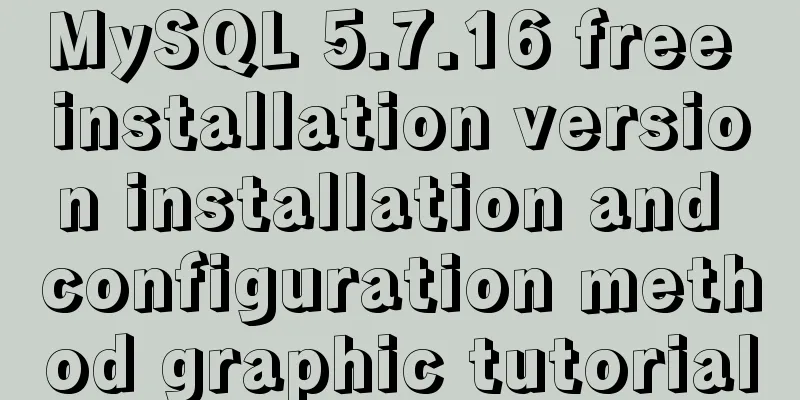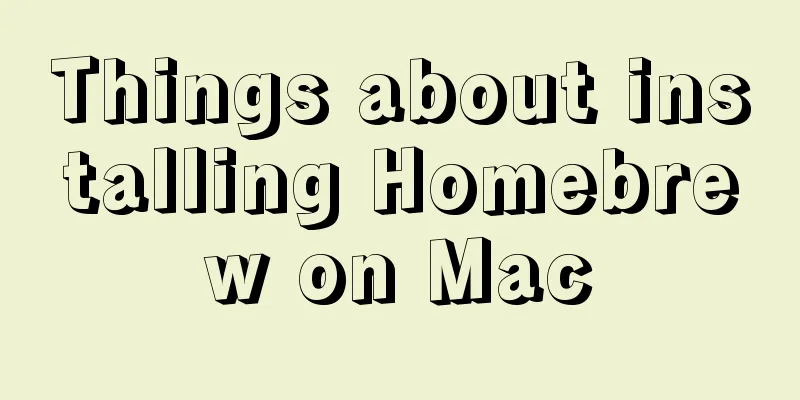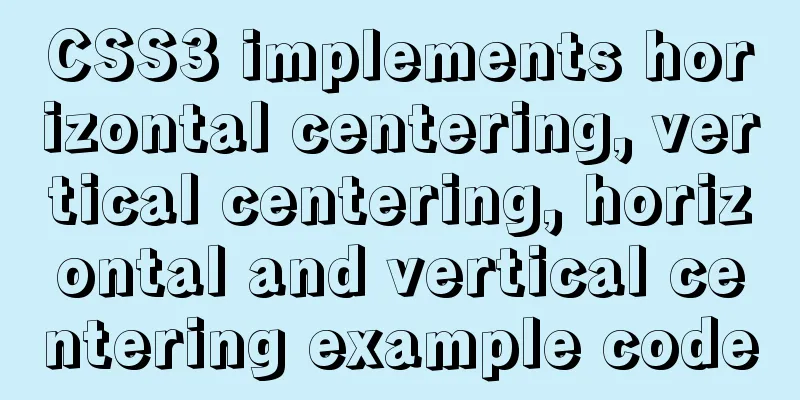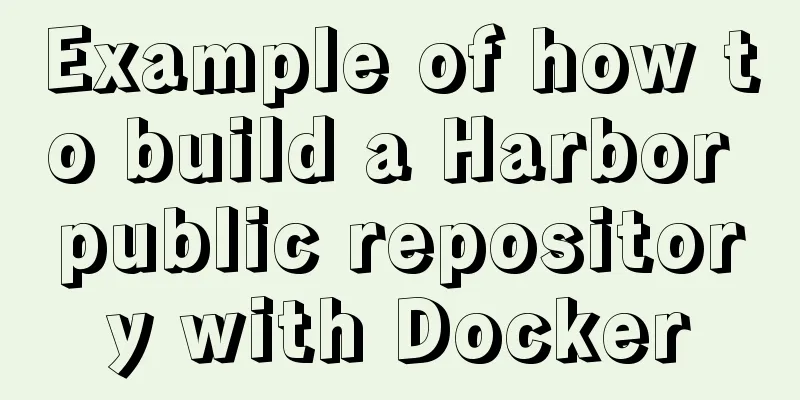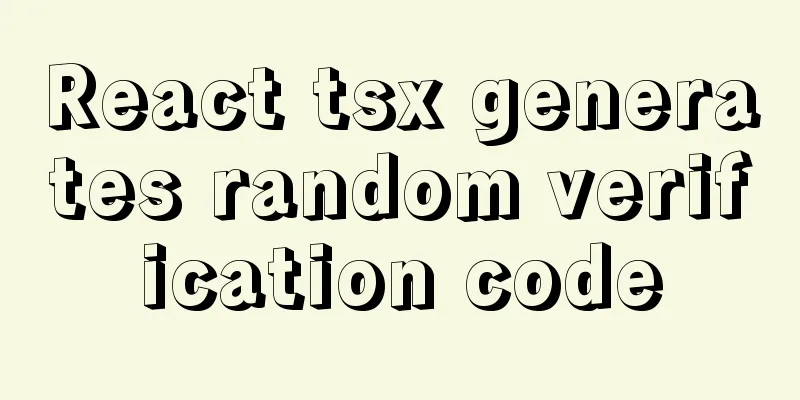Small paging design
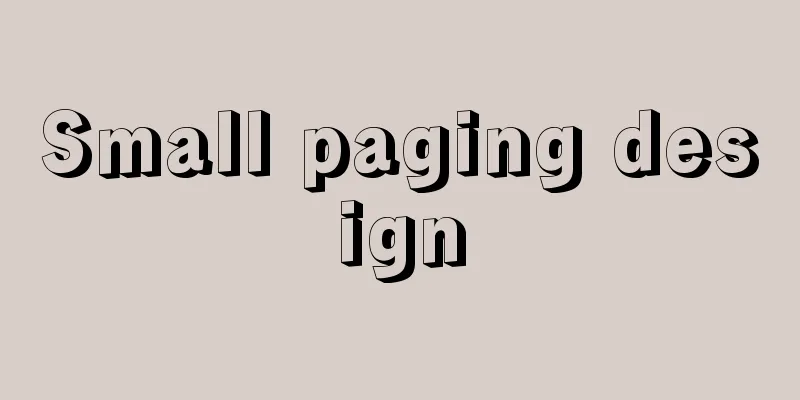
|
Let our users choose whether to move forward or back to find what they want. For example, if we search for "shirt" on Taobao, there will usually be 100 pages of information (of course there are more than 100 pages, but users usually don't need that much information). as follows:
1. Original design of small pagingThere are many reasons for paging, especially in terms of performance optimization, but the most important reason is that it allows users to find what they want. Taobao has done a good job in pagination with a large number of pages. But on the small pagination, the last time I was reviewing a small distribution design method with a group of designers, we had some different opinions. Let’s first take a look at the original design (interactive whiteboard, non-visual final draft) of this small paging (here defined as a paging design with less than or equal to 5 pages):
Looks familiar, huh? Yes, many websites actually use this type of display method. A designer here suggested putting the "Previous Page" and "Next Page" buttons together so that it would be more convenient for users to click them. Like this:
Hmmm, indeed, this is much better than the original one. At least users can turn pages with less effort. Then another designer jumped out and asked, can we make further optimizations? Because generally speaking, we press "Next Page" more often and "Previous Page" is less common. The solution he proposed at this time was:
Of course, this is also good, and the reason is reasonable. There is something hard to explain in it, like which is more important, technology or art, or the relationship between knowing Chinese characters and being able to write good essays. In fact, the problem lies in that, firstly, users need to make a "guessing" process to guess whether the left-pointing indicator means turning the page up; secondly, the inconsistency in design makes people feel psychologically disharmony. This is especially true in China, where there is a culture that believes "good things come in pairs" and everything should come in pairs. 2. My planHowever, personally, I do not agree with the above practices. Since this page is small and can be fully listed in a small space, why do we need to complicate the user's selection process instead of directly providing a more convenient way to achieve the goal? My idea is that small pages should display them all to make it easier for users to operate. as follows:
Comparison between this expanded paging design and the original solution:
3. ConclusionOf course, this doesn’t mean that such expanded paging is better. It may also be necessary to combine it with the scenario. For example, in places like Weibo that allow unlimited scrolling down along the timeline, we can completely let users ignore the concept of "paging". As long as the user scrolls down, we will provide automatic loading of information to make it more convenient for users to consult. The application scenarios are always changing, but what remains unchanged is that I think I should continue to do this: 1. To accumulate. Sometimes there are always such little entanglements, which can also be said to be a kind of cleanliness obsession, like always pursuing the optimal solution for the code. Although such entanglement will not have much impact on users, when you have 10, 30, or 100 such optimizations in a project, I believe the website experience will exceed users' expectations. Of course, there will also be a qualitative improvement in my ability in this area. So, go accumulate. 2. Think beyond design. Regarding interaction, our ultimate goal is actually whether it is convenient for users to use (not the users, sometimes the users may just need something very simple, such as a faster carriage, but what if you give them a Ford car?), so we should think beyond the design itself, so that we are more likely to get satisfactory results. |
<<: Reasons and solutions for prompting to save action after uploading files in form
>>: JavaScript to imitate the registration and login function of Xiaomi official website
Recommend
How to connect to Alibaba Cloud Ubuntu 16.04 server from local Windows remote desktop
Local Windows remote desktop connects to Alibaba ...
Web page printing thin line table + page printing ultimate strategy
When I was printing for a client recently, he aske...
Solution to css3 transform transition jitter problem
transform: scale(); Scaling will cause jitter in ...
In-depth analysis of MySQL deadlock issues
Preface If our business is at a very early stage ...
vue3 custom directive details
Table of contents 1. Registering custom instructi...
MySQL 5.7.21 winx64 installation and configuration method graphic tutorial
This article summarizes the notes for installing ...
Native Js implementation of calendar widget
This article example shares the specific code of ...
CSS Pick-up Arrows, Catalogs, Icons Implementation Code
1. CSS Miscellaneous Icons There are three ways t...
N ways to cleverly implement adaptive dividers with CSS
Dividing lines are a common type of design on web...
Using streaming queries in MySQL to avoid data OOM
Table of contents 1. Introduction 2. JDBC impleme...
MySQL sorting principles and case analysis
Preface Sorting is a basic function in databases,...
Linux kernel device driver kernel linked list usage notes
/******************** * Application of linked lis...
Detailed explanation of several ways to create a top-left triangle in CSS
Today we will introduce several ways to use CSS t...
MySQL time types and modes details
Table of contents 1. MySQL time type 2. Check the...
Solution to nginx not jumping to the upstream address
Preface Today I encountered a very strange proble...






